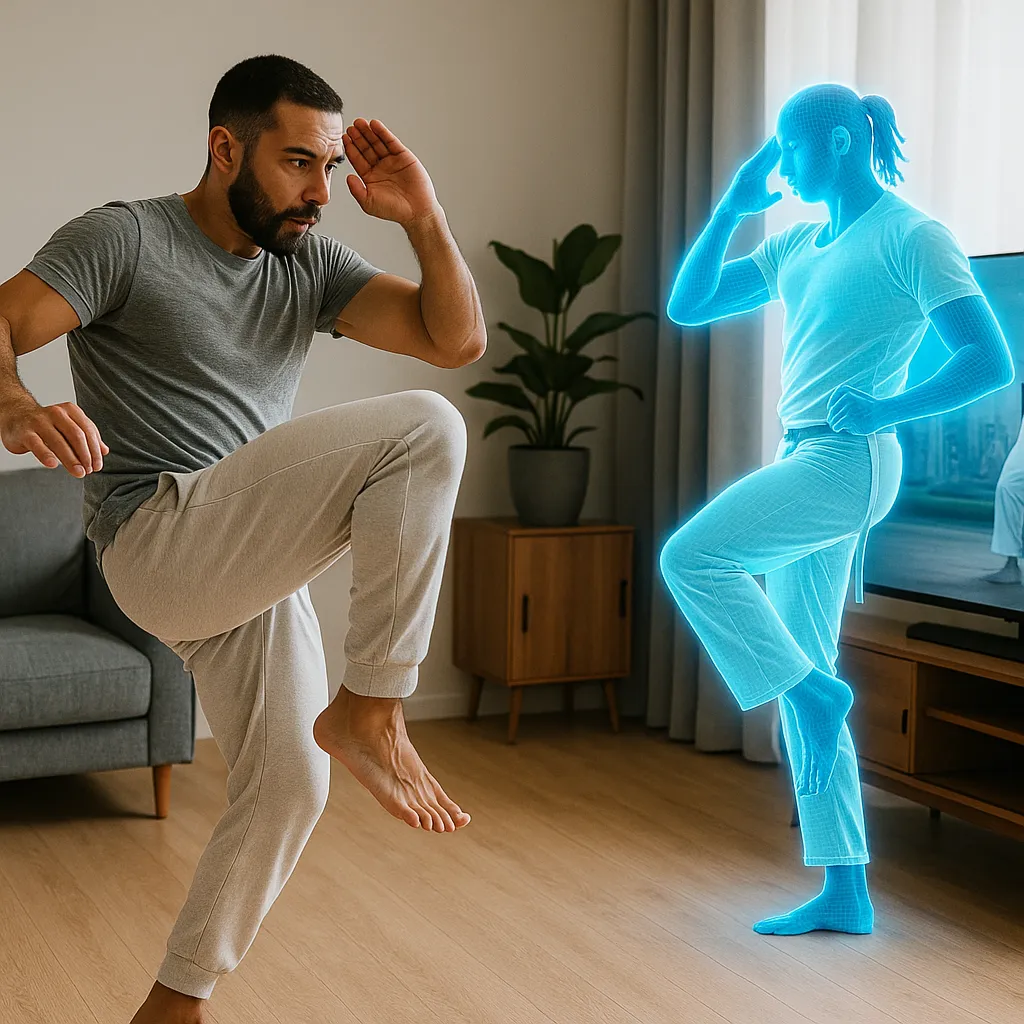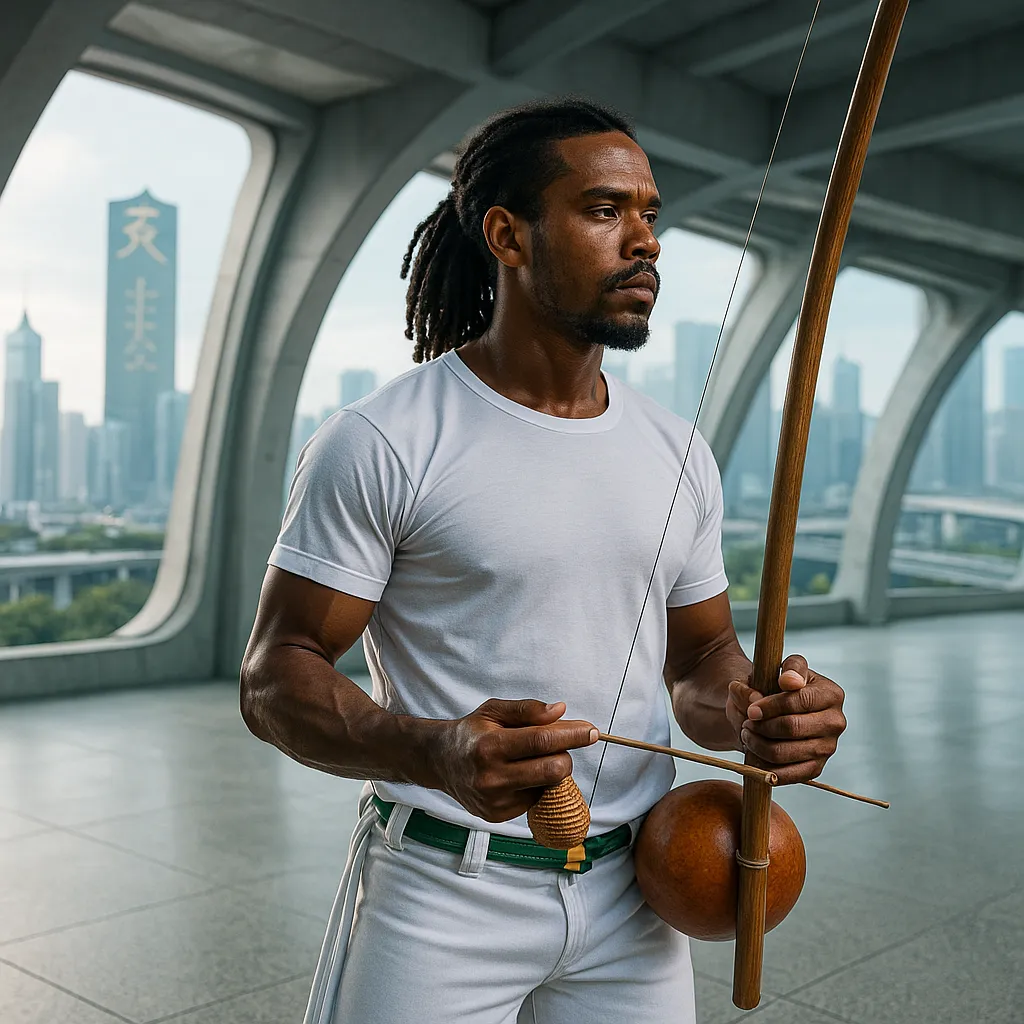The Role of Capoeira in Today’s Martial Arts Landscape
Global Reach and Current Practice
Capoeira, once a clandestine martial tradition born of resistance and resilience in colonial Brazil, now stands on a global stage with practitioners across all continents. As of 2023, conservative estimates place the number of active capoeiristas worldwide at over 6 million, with strongholds not only in Brazil, Portugal, and Angola, but also in countries such as the United States, France, Germany, and Japan. Over 3,000 official schools and academies are registered globally, with hundreds of informal community groups operating in public parks, cultural centers, and universities.
In the competitive martial arts world, where systems are often evaluated by their efficiency in combat or tournament viability, Capoeira maintains a unique niche. It is not a dominant style in international MMA circuits or full-contact tournaments, but it garners attention for its holistic benefits, its movement intelligence, and unconventional tactics that blur the line between art, sport, and self-expression.
The surge of interest in “movement culture” — promoted by figures like Ido Portal and various urban mobility collectives — has furthered Capoeira’s popularity among young, health-conscious individuals. Its use of animal-like movements, improvised flow, and inverted positions resonates with people seeking more than static repetition or aggressive confrontation. Capoeira offers an aesthetic, rhythmic, and spiritual alternative, providing a martial vocabulary of agility, deception, and rhythm that is both ancient and startlingly modern.
Capoeira as a Lifestyle Anchor in a Fragmented Society
Contemporary life, especially in urban centers, is characterized by isolation, digital overstimulation, and physical stagnation. The average adult in industrialized countries now spends more than 10 hours per day sitting, with fewer than 30% meeting the World Health Organization’s recommended levels of physical activity. Against this backdrop, Capoeira provides a multidimensional intervention: it is community-based, physically demanding, socially expressive, and culturally enriching.
Psychologically, Capoeira fosters resilience. Its roda — the symbolic circle of movement and music — is non-linear and unpredictable, requiring practitioners to constantly adapt. In a world of rigid schedules and binary thinking, this chaotic play fosters cognitive flexibility and emotional regulation. Capoeiristas report greater body confidence, reduced anxiety levels, and a heightened sense of belonging, especially among marginalized communities. For example, a 2022 study by the Federal University of Bahia found that teenagers involved in Capoeira had 32% lower stress levels and 20% higher school retention rates than their non-participating peers in low-income neighborhoods.
In terms of identity, Capoeira offers a sense of rootedness. Even when practiced in Tokyo or Toronto, it carries the legacy of Afro-Brazilian resistance, music, and mythos. This narrative — one of transformation, survival, and rhythm — speaks especially to diasporic populations and those seeking meaningful cultural engagement in an increasingly homogenized global culture.
Capoeira’s Evolution and Its Cultural Continuity
From Historical Roots to Future Relevance
While the foundational history of Capoeira — its African origins, development during slavery, and eventual criminalization and resurrection — is essential, the style’s ability to adapt has proven even more important for its survival. From the 1930s formalization by Mestre Bimba to the global expansion through groups like Abadá-Capoeira, Capoeira has shifted from subversive ritual to organized pedagogy and international performance art.
Today’s mestres (masters) must negotiate preservation and innovation. On the one hand, there is a call to protect the ritualistic, musical, and linguistic elements (songs in Portuguese, berimbau rhythms, call-and-response structures). On the other, there’s pressure to translate Capoeira into other languages, modernize its fitness appeal, and even integrate with contemporary wellness trends such as breathwork, somatic therapy, and flow training.
Some mestres have created hybrid forms, blending Capoeira with elements of parkour, dance, and functional fitness to appeal to broader audiences. Others have resisted such changes, fearing the dilution of cultural meaning. This tension reflects the style’s deep roots in resistance and identity — a legacy that may not fully align with commercial fitness paradigms, yet paradoxically fuels interest from those seeking authenticity.
Capoeira for the Modern Body and Mind
One of Capoeira’s most underappreciated attributes is its neuromuscular intelligence. Movements like negativa, macaco, and armada require simultaneous coordination, balance, spatial awareness, and reflexive timing. These patterns offer more than flashy aesthetics — they train proprioception, joint stability, and core integration, critical needs in a sedentary population plagued by back pain, poor posture, and mobility restrictions.
Unlike linear martial systems, Capoeira rarely encourages predictable attack-defend drills. Instead, it emphasizes dialogue, improvisation, and fluid transitions. This creates mental agility as well as physical dexterity. Neuroscientific studies on improvisational movement suggest Capoeira may stimulate neuroplasticity — a concept especially relevant in aging populations or those recovering from trauma.
In practical terms, this translates to functional resilience. A practitioner who regularly trains Capoeira is not only stronger and more flexible but also more responsive, more rhythmically coordinated, and less injury-prone. Capoeira offers an embodied intelligence that aligns well with the post-pandemic emphasis on holistic health, mind-body unity, and preventive movement practices.

Anticipating the Evolution of Techniques and Tactical Applications
Adaptive Motion in a Changing Urban Landscape
As the global environment evolves — socially, technologically, and spatially — martial arts systems must refine their tactical relevance. For Capoeira, which already thrives on fluid adaptability, the transition toward more compact, efficient, and responsive movement sets is a logical trajectory.
Modern urban self-defense increasingly demands proficiency in tight, enclosed environments such as elevators, subways, or staircases. This contradicts the open, circular play of traditional rodas, yet Capoeira possesses the blueprint for adaptation. Techniques like rasteira (sweeps), esquiva lateral (lateral evasion), and joelhada (knee strikes) are already capable of being modified into low-profile, close-range responses. A growing number of instructors now develop modular training drills that adapt classic moves into tactical self-defense scenarios — a trend likely to deepen as cities become denser and personal space continues to shrink.
Capoeira’s emphasis on deceptive rhythm — malícia — also proves valuable in unexpected ways. The ability to feint, mislead, and redirect movement offers a powerful tool in non-escalatory defense, an approach increasingly relevant in a legal and ethical climate that discourages disproportionate retaliation. In fact, Capoeira’s very ambiguity — neither dance nor fight — may prove its greatest strength in future self-defense philosophy.
Responding to Emerging Threats and Tools
With the increasing availability of improvised weapons, wearable tech, and even non-lethal electronic devices, modern threats require more than brute counterforce. Capoeira’s movement patterns — angular, off-center, and non-linear — make it well-suited to evade unpredictable vectors, including weapons like batons, knives, or electric shock devices.
Federations in Brazil and Europe have already begun piloting tactical Capoeira programs focused on scenario training — such as disarming under duress, responding to multiple attackers, or de-escalating threats with body language and movement alone. This direction aligns Capoeira with emerging disciplines like verbal jiu-jitsu, situational awareness, and pre-emptive movement, suggesting that its non-contact foundation may become a future-oriented defense model rather than a liability.
Moreover, the future of Capoeira may see integration with augmented reality (AR) and wearable biometric feedback, enabling practitioners to simulate unpredictable attacks and track neuro-motor responses. As immersive martial arts training becomes more accessible through virtual platforms, Capoeira’s rhythmic complexity and improvisation could lend itself to interactive skill-based games and educational tools, keeping its spirit alive in digital formats.
Strengthening Organizational Foundations and Global Legitimacy
The Challenges of Institutional Growth
Capoeira’s global rise has not been without friction. A lack of central governance has led to dozens of federations, associations, and groups operating independently — some prioritizing sport, others emphasizing culture, some blending both. This fragmentation limits the development of unified standards, particularly in areas like safety, instruction quality, and international recognition.
Looking forward, the creation of accreditation frameworks, independent teacher certification pathways, and global competition standards may help legitimize Capoeira as both a martial art and a cultural asset. Efforts like the International Capoeira Federation (ICF) and initiatives led by Unesco-designated cultural preservation bodies are promising steps. Still, the growth of such structures must navigate internal resistance, as some mestres perceive standardization as a threat to creative freedom and oral tradition.
To strike a balance, future federations may need to develop multi-tiered systems that preserve cultural layers for purists, while offering sport and wellness tracks for recreational learners. Encouraging cooperation between schools — through cross-group rodas, international festivals, and digital exchange platforms — can foster unity without imposing uniformity.
The Potential of Digitalization and Remote Training
During the COVID-19 pandemic, Capoeira groups witnessed an unprecedented wave of digital roda experiments, online batizados, and virtual music classes. Though initially perceived as stopgaps, these innovations uncovered long-term potential. Capoeira’s visual nature and musicality make it well-suited for remote transmission, and new platforms now allow hybrid learning models that blend in-person movement with remote theory, language, and rhythm training.
Additionally, online repositories of historical rodas, mestres’ teachings, and musical archives are becoming invaluable cultural assets, offering young practitioners access to lineage and context — a crucial element in sustaining identity across borders. In the future, open-source Capoeira curriculums could democratize training further, allowing students in underserved areas or conflict zones to access high-quality education.
Reflecting on Capoeira’s Trajectory and Responsibilities
Does Capoeira Have a Future — and in What Form?
Capoeira’s future is not guaranteed by its popularity alone. Like many traditional arts, it risks dilution through commercialization, misrepresentation, or cultural drift. Yet its core mechanics — rhythm, deception, expression, adaptability — are deeply resonant with modern needs. Its potential to be a tool for physical literacy, cultural belonging, and psychological resilience suggests a strong, if evolving, future.
Capoeira may fragment into multiple streams:
- a fitness modality akin to yoga or Zumba;
- a competitive sport with clear scoring systems;
- a cultural ritual anchored in tradition and community storytelling;
- and a tactical method for holistic self-defense and urban movement.
Each of these may cater to different demographics, geographies, and goals — but all are tethered to the same heartbeat: the music, the movement, the malícia.
What Risks Could Threaten Capoeira’s Continuity?
The most pressing risk is cultural detachment — a generation practicing Capoeira as choreography, without context. As mestres age and pass on, the loss of oral transmission, traditional songs, and regional styles is already evident. Moreover, commercialization without accountability can lead to shallow instruction, brand exploitation, and erosion of trust within communities.
Additional threats include:
- Institutional exclusion from mainstream martial arts platforms
- Marginalization in sports funding due to lack of Olympic status
- Gentrification of community spaces used for rodas
- Language loss, as fewer students learn the Portuguese necessary to understand lyrics and history
How Can We Ensure Capoeira’s Development and Relevance?
Capoeira’s sustainability hinges on intentional cultivation at all levels:
- Cultural education in schools and after-school programs, emphasizing history, music, and movement as interconnected parts
- Intergenerational mentorship programs linking young students with elder mestres
- Hybrid training models that fuse physical, musical, and theoretical learning
- Academic partnerships to research Capoeira’s impacts on mental health, social cohesion, and neuromotor function
- Government and NGO support to fund community rodas, preserve musical traditions, and promote inclusion
In a time when humanity seeks not just physical strength but embodied wisdom, Capoeira offers a path forward — not only as a martial art, but as a metaphor for adaptive living. Its ginga is not just a sway; it’s a stance of resilience in a world that rarely moves in straight lines.


